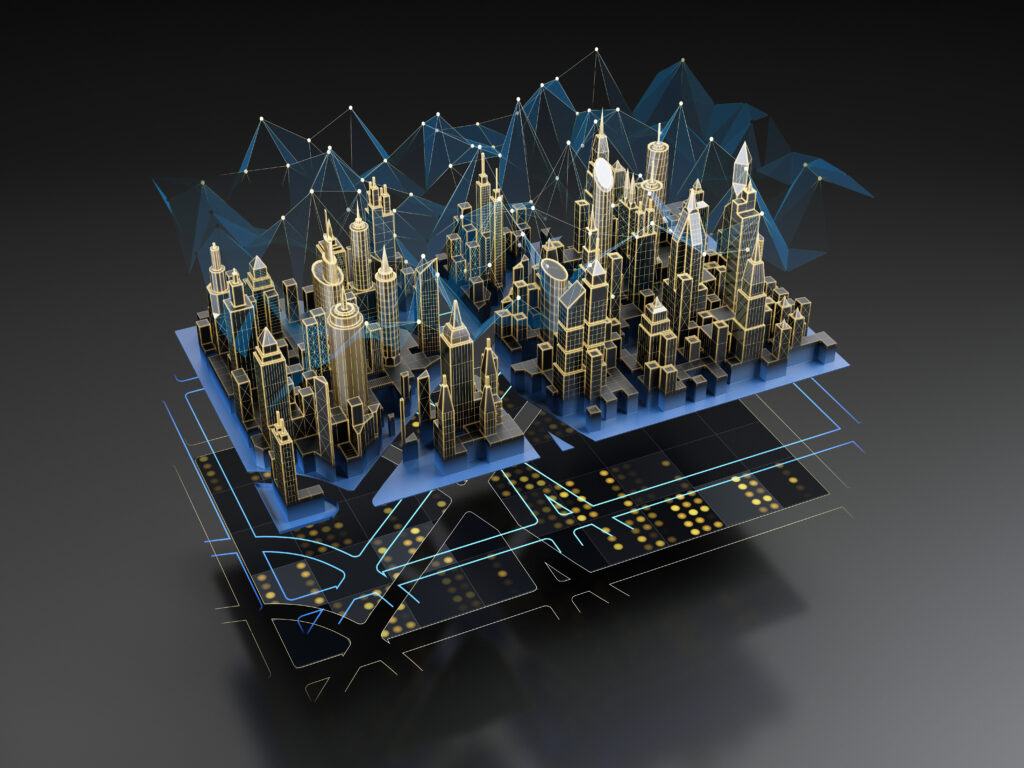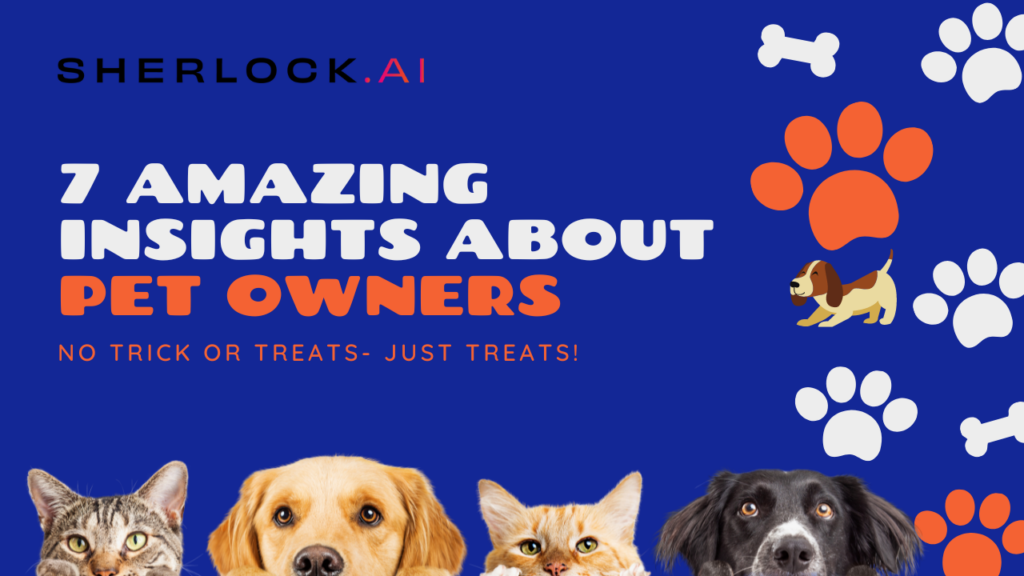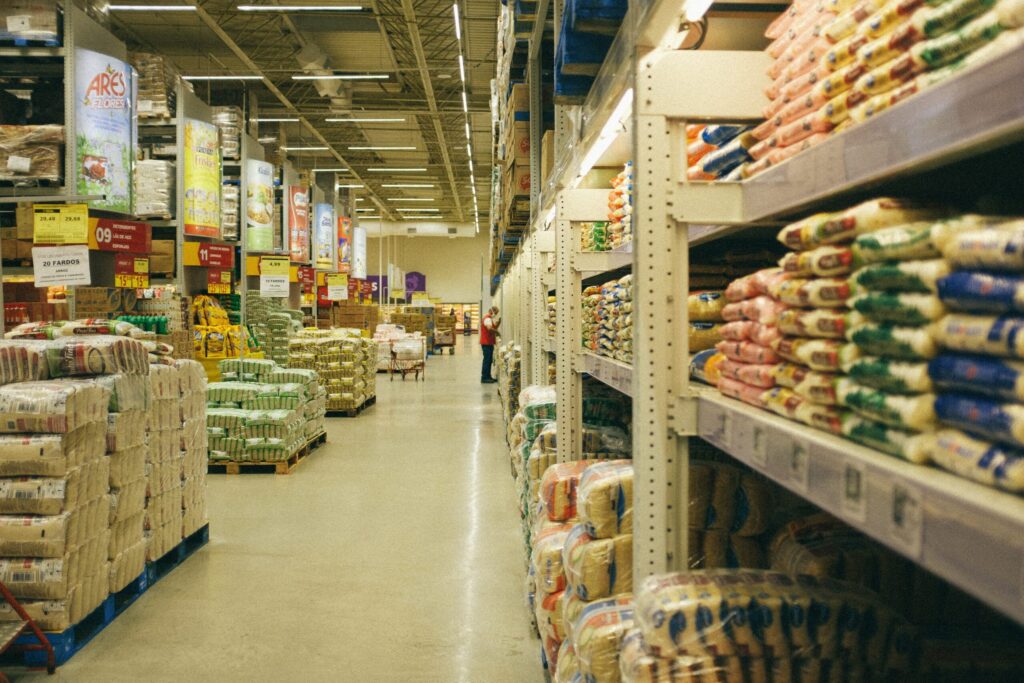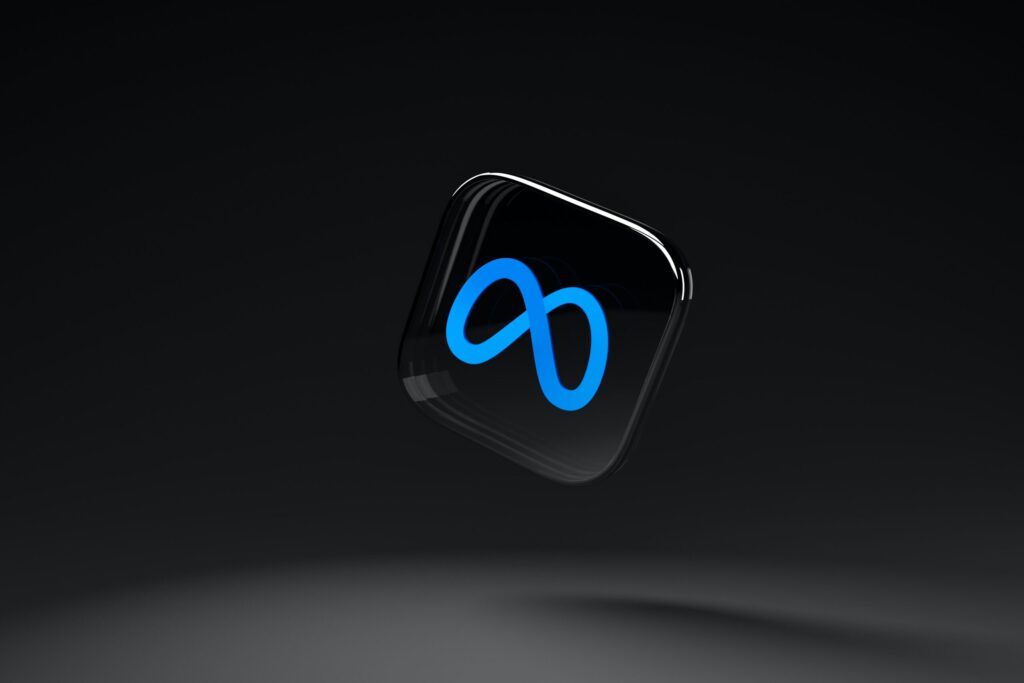Data To Domination: How to Revolutionize Your Marketing Game Using Multi-Layer Data

In the fast-paced world of marketing, data is king. The ability to gather and analyze customer information has become essential for businesses looking to stay ahead of the competition. But what if I told you there’s a way to take your marketing game to a whole new level? Enter Sherlock AI! Using the ability to […]
7 Secret insights about Pet Parents

Pet Owners: Secret Insights of pet parents in India Sherlock AI embarks on a cute mission this time. It identifies people who have pets in Mumbai & Pune and understands their consumer behavior. How does Sherlock AI even identify if someone has a pet, you ask? That’s the beauty of it. Sherlock AI can understand […]
Sherlock.ai reaches high-intent target audiences by understanding user behaviour

Sherlock.ai has been constantly getting better at helping clients reach out to not only their target audiences but ‘high intent’ target audiences or those who are most likely to convert into their customers. This is done by analyzing and understanding different datasets – Visitation Data, User Behaviours, Purchases, and Digital Footprints. How does Sherlock […]
Case Study: How Sherlock AI helped Tata Motors acquire consumers and reduce CAC

Following up on our previous post, Tata Motors, a USD 4 billion leading global auto company and an Infinite Analytics client, in its diverse portfolio, includes an extensive range of cars, SUVs, trucks, buses, defense vehicles etc. They saw a whopping 75% reduction in Customer acquisition cost (CAC) upon using Sherlock AI. The client started […]
Online Grocery Retailers Ride The AI Wave for Customer Acquisition

As Machine Learning has become more accessible, more retailers are leaning towards adopting it for customer acquisition. The same is also true about online grocery retailers who are trying to strengthen their relationship with customers using AI and ML. AI uses personalization and other tools to provide better experiences to customers. How are online grocery […]
How Starbucks Is Winning Customers Using Big Data

Through its loyal and rewards program, Starbucks could gather a huge amount of data, which it then used to its advantage to drive more sales from existing customers. With its 30,000 plus stores globally, it rakes in above 100 million transactions each week. Jon Francis, Starbucks’ Senior Vice President of enterprise analytics, data science, research […]
Meta Makes Way around Apple’s Data Privacy Move; Releases Ad, Shares Tips

Meta is still coming to terms with the aftermath of Apple’s data privacy move which it rolled out with the iOS 14 update. Losses to the tune of approximately $10 billion in 2022, users cut off from data tracking, and limited sharing of insights with ad customers, are some of the ways Meta has been […]
How brands are leveraging AI for customer acquisition?

As the fashion industry rapidly adapts to new technology, brands are leveraging AI and ML to reach out to existing customers and attract new customers. Leading fashion brand Tommy Hilfiger turned to AI to improve its designs when it tied up with IBM and Fashion Institute of Technology (FIT) in 2019. Their project Reimagine Retail, […]
